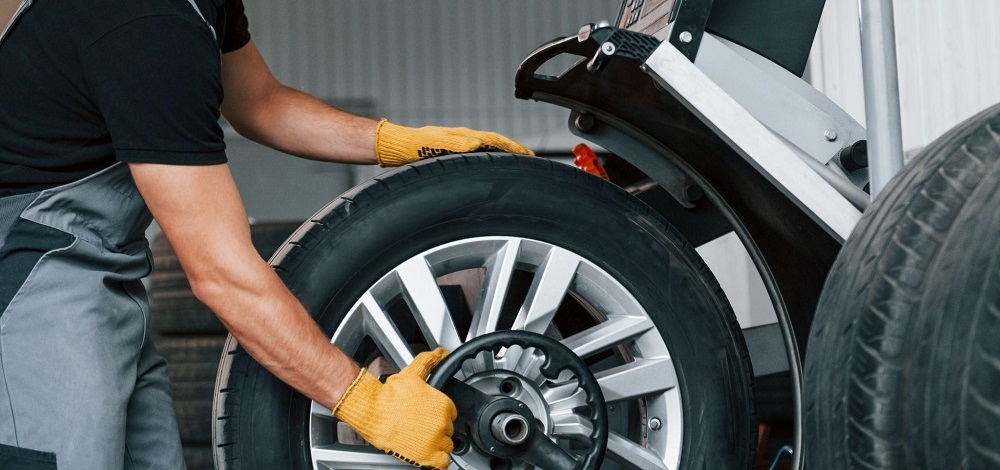Unlock Performance: Expert GMC Tire Service at Morris Tires
Unlock Performance: Expert GMC Tire Service at Morris Tires
Blog Article
Tire Service: The Influence of Climate Condition
When it pertains to ensuring optimum performance and safety and security when traveling, comprehending the influence of weather on tire service is crucial. From scorching heat to icy roadways, each climate component can dramatically affect tire performance and general driving experience. By diving into the impacts of varying climate condition on tires, drivers can get important understandings that might improve their vehicle's performance and long life. In this discussion, we will certainly explore the detailed partnership between weather and tire service, dropping light on the significance of weather-specific tire maintenance techniques and considerations.
Heat and Tire Performance
When revealed to high temperature levels, tires experience changes in efficiency that can substantially impact vehicle safety and security and handling. The heat generated from long term driving or warm climate conditions creates the tire rubber to soften, leading to reduced tread life and increased wear.

Winter Impacts
Cold weather problems can have a considerable influence on tire performance and safety and security. In cool climate, tires might likewise shed air pressure a lot more quickly, which can impact taking care of and fuel effectiveness.
To mitigate the results of winter on tires, it is important to regularly examine tire stress and inflate them to the manufacturer's advised levels. Making use of winter months or all-season tires designed for winter conditions can also improve grip and hold on icy or snowy roadways. Appropriate tire upkeep, including normal examinations for wear and damages, ends up being much more essential during cooler months to make sure optimum efficiency and safety.
Rainy Issues Influence
Tires with worn-out footsteps are a lot more susceptible to hydroplaning, where a layer of water constructs up between the roadway and the tire surface area, leading to loss of grip. To fight this, drivers must frequently evaluate their tires wikipedia reference for adequate tread depth and think about investing in tires specifically designed for damp conditions.
In addition, stormy weather condition can also reduce exposure, making it challenging for drivers to see the road in advance clearly (GMC Tire Service). In such problems, it is vital to adjust driving speeds appropriately and preserve a safe adhering to distance to enable sudden quits. Appropriately inflated tires can likewise assist in keeping control on damp roadways by giving much better handling and hold
Snow and Tire Security
When driving in snowy conditions, having the appropriate tires can make a substantial distinction in security and efficiency. Winter tires are designed with special rubber substances and walk patterns to provide far better traction on snow and ice compared to all-season tires.

Additionally, drivers should consider setting up tire chains in extreme snowy conditions. Tire chains provide extra grip by grasping the snow you can try here and ice, boosting stability and control. Nevertheless, it is vital to follow maker guidelines when making use of and installing tire chains to avoid damages to the tires and automobile. By picking the best tires, maintaining correct rising cost of living, and considering added grip aids like tire chains, drivers can enhance their security when navigating snow-covered roadways.
Weather-Related Tire Maintenance
Weather-related tire maintenance incorporates a variety of practices aimed at ensuring ideal tire function and go to this website longevity in different weather scenarios. One essential element of weather-related tire upkeep is tire pressure regulation. Checking tire step regularly and changing tires when step wear gets to a specific depth is important for preserving traction and stability in adverse climate.
Conclusion
In conclusion, weather condition problems have a significant effect on tire efficiency and safety. From heat affecting tire pressure and use to cool climate lowering traction, it is essential to consider the weather when keeping and utilizing tires.
In this discussion, we will discover the elaborate partnership between weather conditions and tire solution, losing light on the significance of weather-specific tire upkeep techniques and factors to consider.

Report this page